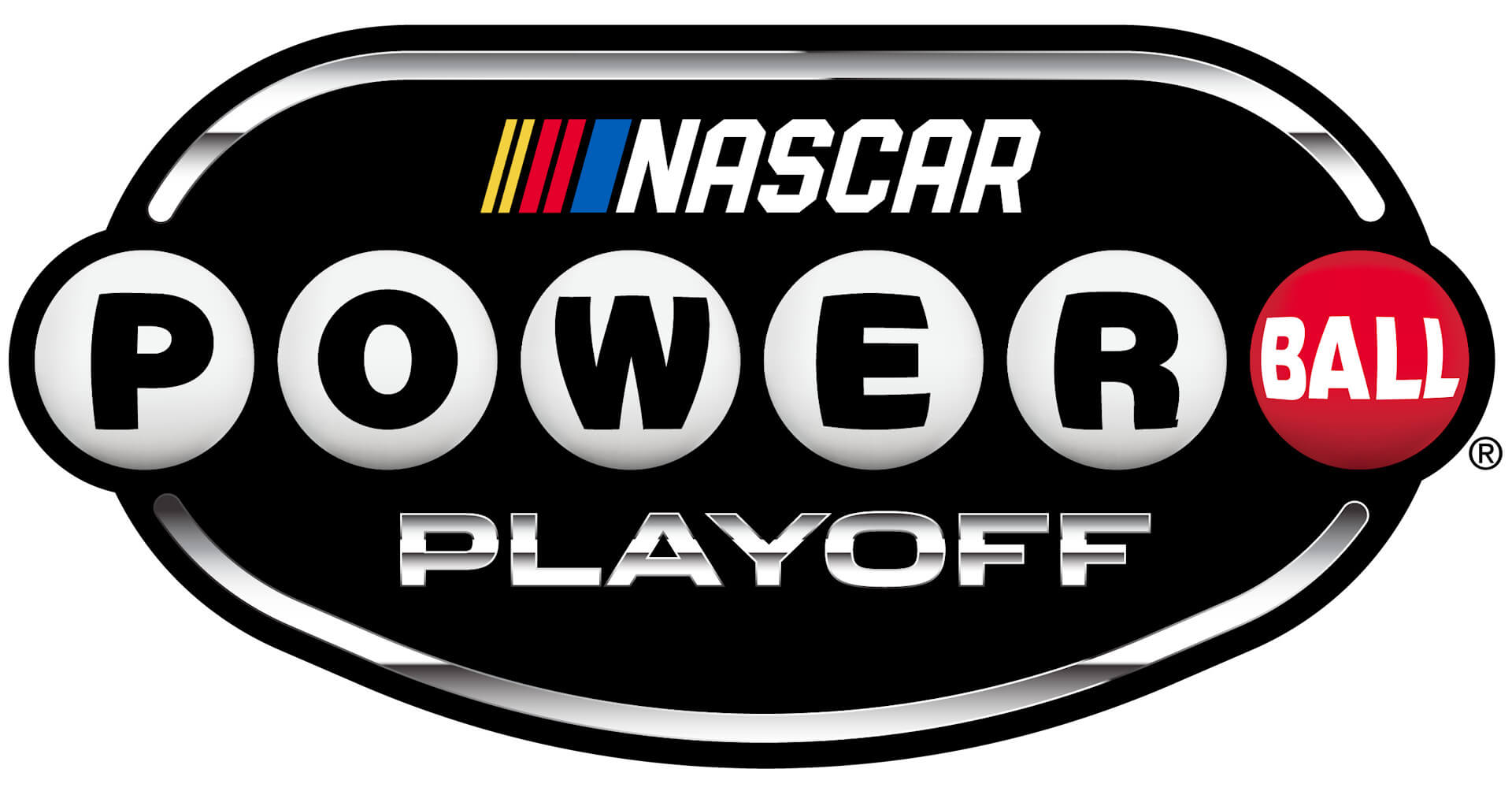 RICHMOND – NASCAR confirmed Friday that Richard Childress Racing’s final appeal of penalties assessed to Ryan Newnan and his team will be heard on Wednesday, May 6 at 8:30 a.m. in Concord at the NASCAR R&D Center.
RICHMOND – NASCAR confirmed Friday that Richard Childress Racing’s final appeal of penalties assessed to Ryan Newnan and his team will be heard on Wednesday, May 6 at 8:30 a.m. in Concord at the NASCAR R&D Center.
RCR is appealing penalties it received after NASCAR said the Welcome, North Carolina-based team manipulated its tires during the March 22 Sprint Cup race at Auto Club (Calif.) Speedway.
On April 16, a three-member NASCAR-appointed appeals board lessened the point’s penalty and monetary fine but left the six-race suspensions to crew chief Luke Lambert, engineer Philip Surgen and tire specialist James Bender intact.
The decision to amend the original penalty stems from the panel’s opinion that the NASCAR rule book language doesn’t clearly identify whether the tires taken during the March 22 race applied to the post race technical inspection guidelines. Under NASCAR’s rule book policy, additional penalties can be levied if administered postrace.
The infraction from such a p-5 penalty escalated an additional 25 points (on top of the 50 from the p-5 infraction) and $50,000.00. While the appeals panel reduced the point’s penalty to Newman and the team from 75 to 50 points and Lambert’s fine from $125,000 to $75,000, Final Appeals Officer Bryan Moss decision is final and can reverse their decision.
The suspensions of the three RCR crew members have been deferred until Moss’s decision likely keeping them at track through Talladega (Ala.) Superspeedway next weekend.
While it was NASCAR’s job to provide the burden of proof during the first appeal, it will be the task of Richard Childress Racing to do so in the final appeal.
According to the NASCAR rulebook, the appellant must prove to Moss, a Gulfstream executive, by a “preponderance of the evidence” that a violation did not occur, the penalty assigned is not within the scope of the guidelines and / or the appellant was denied their appellate rights.
Bleeding air from tires, traditionally thought by drilling a small hole in them, is considered both a competition and safety issue. While it could offer an advantage with a tire that has better grip to the track’s surface, bleeding air also put the team at slight risk of having it go flat.
Follow Chris Knight on Twitter @Knighter01.














